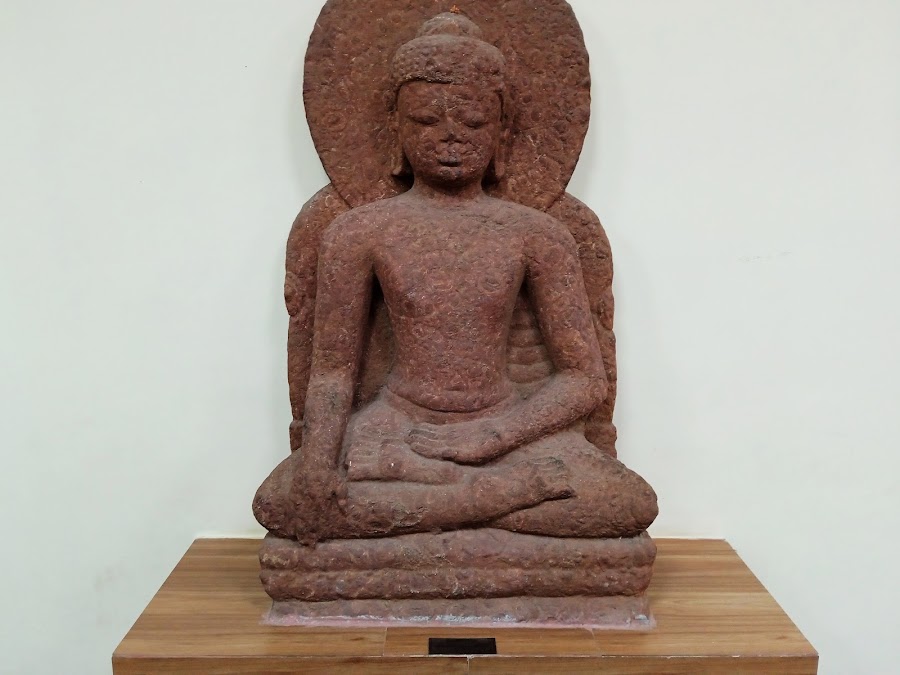
Sirpur Museum
Sirpur, India
- Discover the region's cultural heritage
- Explore ancient sculptures and artifacts
- Learn about Sirpur's rich history
- Photography of the historical relics
- See pottery and coins from the past
Known for:
Description:
The Sirpur Museum is a treasure trove of archaeological finds from the ancient city of Sirpur, showcasing the region's rich history and cultural heritage. It houses a remarkable collection of artifacts, including sculptures, pottery, coins, and inscriptions, primarily from the 5th to 12th centuries CE. These relics provide insights into the religious, social, and artistic life of the people who once inhabited this area. The museum offers a fascinating glimpse into the past, making it a must-visit for history enthusiasts and those interested in exploring India's cultural tapestry. The well-maintained exhibits and informative displays enhance the visitor experience, providing valuable context to the artifacts on display.
History:
Sirpur was once a significant center of power and culture, serving as the capital of the Sharabhapuriya and Somavamshi dynasties. The city flourished as a major hub of Buddhism, Hinduism, and Jainism, leaving behind a legacy of magnificent temples, monasteries, and other structures. The museum's collection is largely derived from the extensive archaeological excavations conducted at Sirpur, which have unearthed numerous relics that attest to the city's glorious past. These discoveries have shed light on the religious diversity, artistic prowess, and trade networks that defined Sirpur during its golden age. The museum serves as a repository of this rich historical narrative, preserving the tangible remains of a once-vibrant civilization.